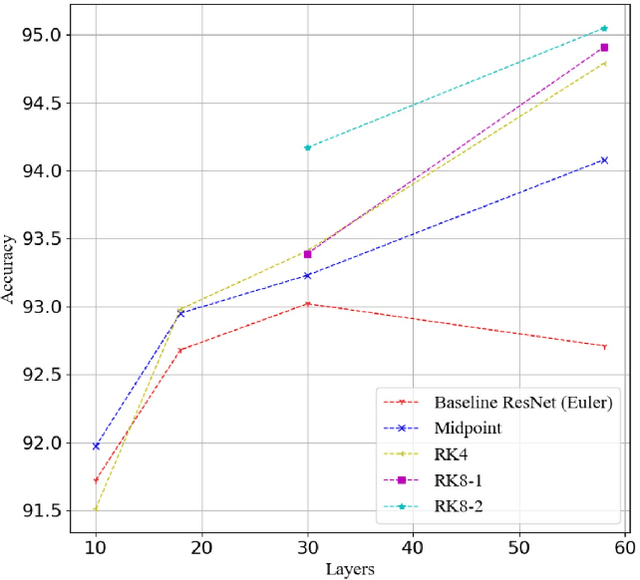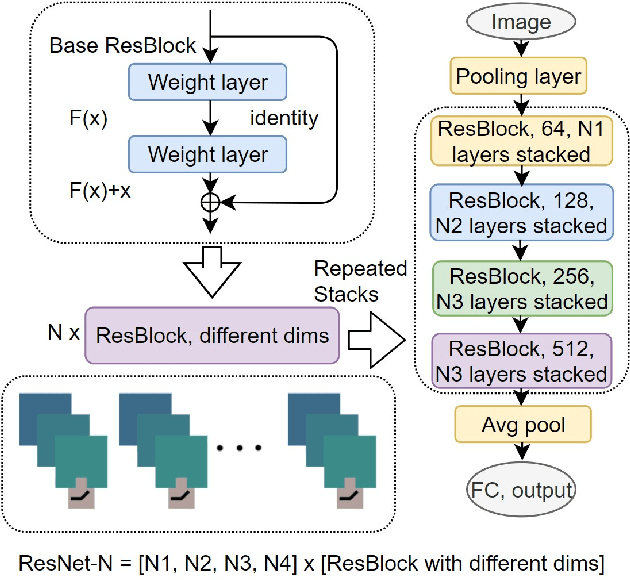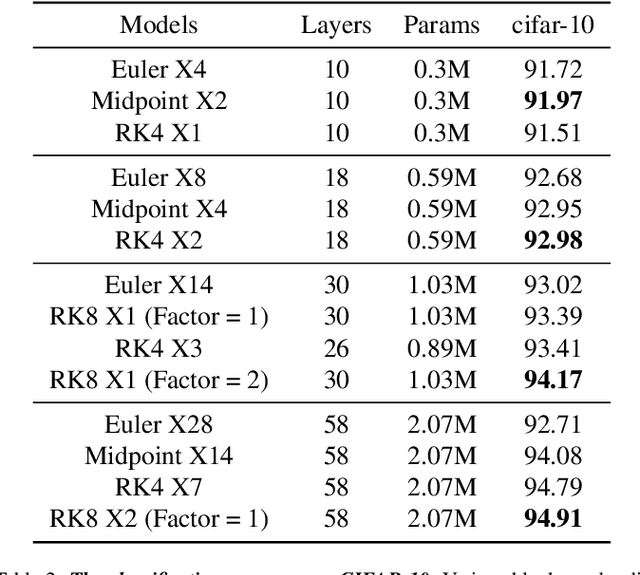Zitang Sun
Modelling Human Visual Motion Processing with Trainable Motion Energy Sensing and a Self-attention Network for Adaptive Motion Integration
May 16, 2023



Abstract:Visual motion processing is essential for organisms to perceive and interact with dynamic environments. Despite extensive research in cognitive neuroscience, image-computable models that can extract informative motion flow from natural scenes in a manner consistent with human visual processing have yet to be established. Meanwhile, recent advancements in computer vision (CV), propelled by deep learning, have led to significant progress in optical flow estimation, a task closely related to motion perception. Here we propose an image-computable model of human motion perception by bridging the gap between human and CV models. Specifically, we introduce a novel two-stage approach that combines trainable motion energy sensing with a recurrent self-attention network for adaptive motion integration and segregation. This model architecture aims to capture the computations in V1-MT, the core structure for motion perception in the biological visual system. In silico neurophysiology reveals that our model's unit responses are similar to mammalian neural recordings regarding motion pooling and speed tuning. The proposed model can also replicate human responses to a range of stimuli examined in past psychophysical studies. The experimental results on the Sintel benchmark demonstrate that our model predicts human responses better than the ground truth, whereas the CV models show the opposite. Further partial correlation analysis indicates our model outperforms several state-of-the-art CV models in explaining the human responses that deviate from the ground truth. Our study provides a computational architecture consistent with human visual motion processing, although the physiological correspondence may not be exact.
Unsupervised Learning Optical Flow in Multi-frame Dynamic Environment Using Temporal Dynamic Modeling
Apr 14, 2023



Abstract:For visual estimation of optical flow, a crucial function for many vision tasks, unsupervised learning, using the supervision of view synthesis has emerged as a promising alternative to supervised methods, since ground-truth flow is not readily available in many cases. However, unsupervised learning is likely to be unstable when pixel tracking is lost due to occlusion and motion blur, or the pixel matching is impaired due to variation in image content and spatial structure over time. In natural environments, dynamic occlusion or object variation is a relatively slow temporal process spanning several frames. We, therefore, explore the optical flow estimation from multiple-frame sequences of dynamic scenes, whereas most of the existing unsupervised approaches are based on temporal static models. We handle the unsupervised optical flow estimation with a temporal dynamic model by introducing a spatial-temporal dual recurrent block based on the predictive coding structure, which feeds the previous high-level motion prior to the current optical flow estimator. Assuming temporal smoothness of optical flow, we use motion priors of the adjacent frames to provide more reliable supervision of the occluded regions. To grasp the essence of challenging scenes, we simulate various scenarios across long sequences, including dynamic occlusion, content variation, and spatial variation, and adopt self-supervised distillation to make the model understand the object's motion patterns in a prolonged dynamic environment. Experiments on KITTI 2012, KITTI 2015, Sintel Clean, and Sintel Final datasets demonstrate the effectiveness of our methods on unsupervised optical flow estimation. The proposal achieves state-of-the-art performance with advantages in memory overhead.
Rethinking ResNets: Improved Stacking Strategies With High Order Schemes
Apr 12, 2021



Abstract:Various Deep Neural Network architectures are keeping massive vital records in computer vision. While drawing attention worldwide, the design of the overall structure somehow lacks general guidance. Based on the relationship between DNN design with numerical differential equations, which several researchers observed in recent years, we perform a fair comparison of residual design with higher-order perspectives. We show that the widely used DNN design strategy, constantly stacking a small design, could be easily improved, supported by solid theoretical knowledge and no extra parameters needed. We reorganize the residual design in higher-order ways, which is inspired by the observation that many effective networks could be interpreted as different numerical discretizations of differential equations. The design of ResNet follows a relatively simple scheme which is Euler forward; however, the situation is getting complicated rapidly while stacking. We suppose stacked ResNet is somehow equalled to a higher order scheme, then the current way of forwarding propagation might be relatively weak compared with a typical high-order method like Runge-Kutta. We propose higher order ResNet to verify the hypothesis on widely used CV benchmarks with sufficient experiments. Stable and noticeable rises in performance are observed, convergence and robustness are benefited.
 Add to Chrome
Add to Chrome Add to Firefox
Add to Firefox Add to Edge
Add to Edge